- About us
- Support the Gallery
- Venue hire
- Publications
- Research library
- Organisation chart
- Employment
- Contact us
- Make a booking
- Onsite programs
- Online programs
- School visit information
- Learning resources
- Little Darlings
- Professional learning
Charles Perry (1807–1891), Anglican bishop, was consecrated at Westminster Abbey as the inaugural Bishop of Melbourne in 1847. Educated at Harrow and Cambridge, Perry initially trained in law but was ordained into the Anglican Church in 1836, his pastoral interests formed while he was working as a tutor at Trinity College. His interest in theological education and work on behalf of the Church Missionary Society resulted in his being nominated for the position of bishop for the diocese of Melbourne. When Perry arrived in Melbourne in 1848 the diocese had a population of 43,000 and its pastoral work was handled by three chaplains based in Melbourne, Geelong and Portland. Supporting the participation of lay people in the church, Perry alleviated this shortage of clergy by appointing colonists as readers. In 1850, along with five other Australasian bishops, Perry advocated self-governance of the Australian Anglican Church, leading to the establishment of the first synod of the Anglican Church in Australia in 1856. In the mid-1860s, following the extraordinary population growth created by the gold rush, he put a case for the subdivision of his diocese, leading to the creation of the Ballarat diocese in 1873. Perry made strong contributions to the establishment of the Melbourne Diocesan Grammar School and the Geelong Grammar School. While he was considered a traditionalist, he lectured frequently in the 1860s on the need for the Church to engage honestly with new scientific theories. Contemporaries described Perry as a paradoxical figure, who could be affectionate and confiding as well as severe, stern and uncompromising in his doctrinal beliefs. His term as bishop ended in 1874 and he returned to England, where he continued to serve the Church.
The firm comprised of the American-born photographers Batchelder & O’Neill became one of Melbourne’s leading studios following its formation in the late 1850s. It had its origins in the business started by Perez Mann Batchelder in 1854. His brothers Benjamin, Nathaniel and Freeman joined him in the business in 1856. Another American, Daniel O’Neill became a partner in 1857, when Perez Batchelder left Victoria. In 1863 they advertised for an ‘experienced operator, for country travelling.’ By 1864 O’Neill was running the Melbourne side of the business outright, Benjamin Batchelder having opened a branch of the firm in Bendigo. O’Neill relocated to Sydney in the late 1860s but by 1871 had returned to Melbourne, working from premises on Swanston Street as a dealer in photographic supplies and equipment. Other photographers continued to trade under the Batchelder name until the mid-1890s though the original proprietors had either died or long since ceased their association with the business.
Collection: National Portrait Gallery
Purchased 2012
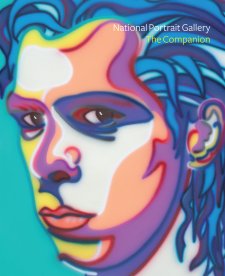
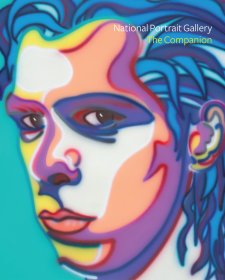

On one level The Companion talks about the most famous and frontline Australians, but on another it tells us about ourselves.
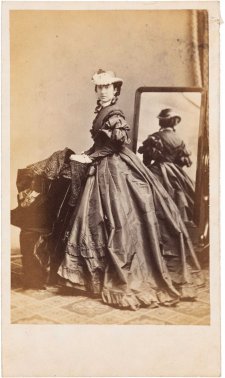
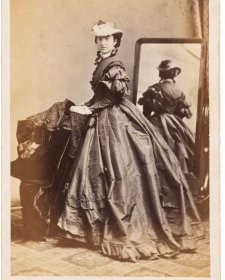
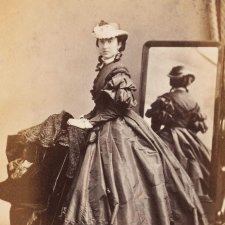
Drawn from the NPG’s burgeoning collection of cartes de visite, Carte-o-mania! celebrates the wit, style and substance of the pocket-sized portraits that were taken and collected like crazy in post-goldrush Australia.


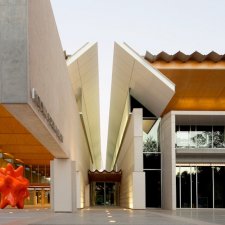
Visit us, learn with us, support us or work with us! Here’s a range of information about planning your visit, our history and more!